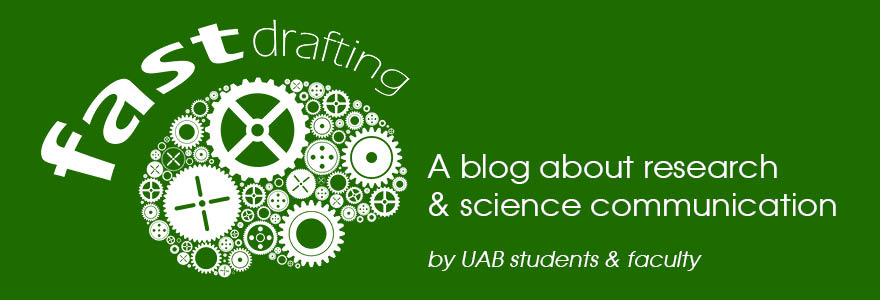| Image courtesy of polareducator.org |
Communication is critical in science. The ability of
scientists to share their work with the scientific community, as well as with
the general public is a central aspect of what we do. However, few scientists
get formal training in science writing and communication. Fortunately, there
are many free resources available online to help teach us how to effectively
communicate our science. One of my favorite online resources for discovering
new ideas is TED.com. If you haven’t already discovered TED talks, they are
short, powerful talks that cover almost any topic imaginable – including
science communication. And the speakers chosen for these talks are usually
great communicators themselves, so it’s a great resource to learn from some of
the best.
A new find I have
recently come across is Melissa Marshall and her TEDtalk “Talk nerdy to me”
(see below for link). This short TED
talk is a lighthearted message from non-scientists to scientists about
effectively sharing our work. Melissa Marshall, a communications teacher at
Penn State University, stresses the importance of scientists and engineers
being able to effectively share their work.
As she says, “science not communicated is science not done”. In this
talk, Marshall highlights the importance of 1) Revealing why your science is
relevant to your audience, 2) Avoiding jargon and making your ideas accessible,
and 3) Dropping the bullet points and using illustrations instead to paint a
picture and tell your story. The trick, according to Marshall, is to understand
that the general public is interested in your work and wants to hear about
it, but it must be communicated in a clear and interesting way. She ends with a
mathematical formula to solve the problem of effective communication…watch her
4-minute talk to see what it is! She also has a TEDBlog, in which she goes into
more detail about getting your audience excited about your work (http://blog.ted.com/2012/10/11/6-tips-on-how-scientists-and-engineers-can-excite-rather-than-bore-an-audience/).
Here are a few others to watch:
Judy Swan: In praise
of technique
Nancy Duarte: The
secret structure of great talks
Melissa Marshall:
Talk nerdy to me


.jpg)